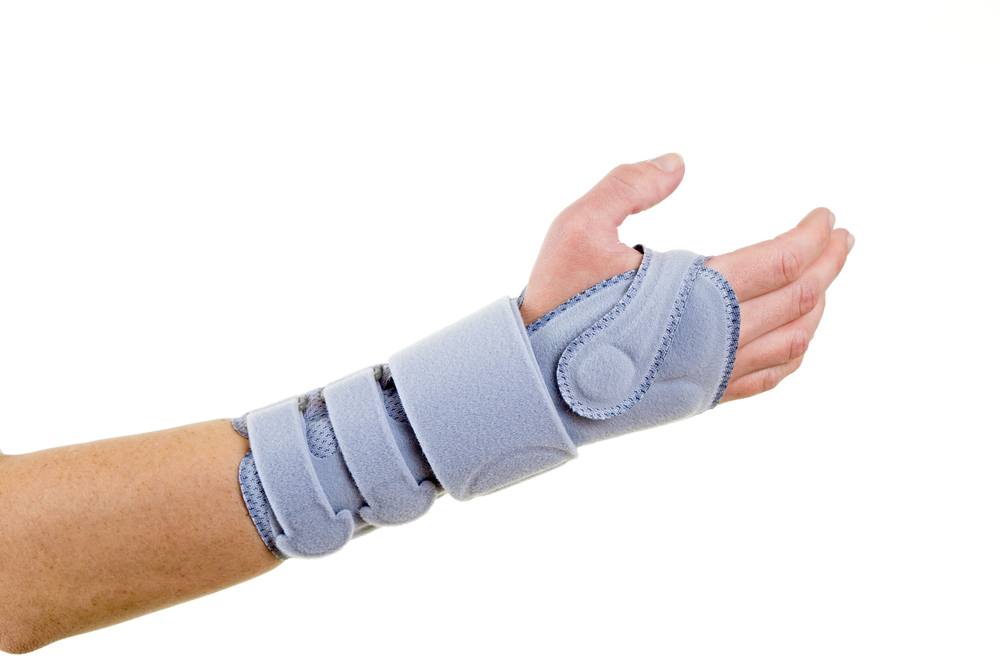Understanding Carpal Tunnel Syndrome
Carpal tunnel syndrome (CTS) is a common condition that causes pain, numbness, and tingling in the hand and arm. The condition occurs when one of the major nerves to the hand — the median nerve — is squeezed or compressed as it travels through the wrist. In most patients, CTS gets worse over time, so early diagnosis and treatment are critical. Below, we explore several effective strategies to manage and alleviate the symptoms of carpal tunnel syndrome.
Symptoms and Diagnosis
Recognizing the symptoms early can lead to more effective management of CTS. The most common symptoms include:
- Numbness or tingling in the thumb, index, middle, and part of the ring fingers
- Occasional shock-like sensations that radiate to the thumb and index, middle, and ring fingers
- Pain or discomfort in the wrist and the palm of your hand
If you suspect you have CTS, a visit to a healthcare professional is crucial. They may perform several diagnostic tests, such as the Tinel sign test, Phalen’s maneuver, or an electromyography test to confirm the diagnosis.
Conservative Treatments
1. Wrist Splinting
A common first-line treatment for CTS is wearing a wrist splint at night. This keeps your wrist from bending while you sleep, which can relieve the pressure on the median nerve and improve symptoms.
2. Lifestyle Changes
Modifying daily activities can help reduce the pressure on the nerve. This includes taking frequent breaks to rest the hands, avoiding activities that may worsen symptoms, and maintaining an optimal ergonomic environment when using computers or other devices.
3. Over-the-Counter Pain Relief
Nonprescription pain relievers such as ibuprofen or naproxen can help alleviate pain and reduce inflammation associated with CTS.
Physical Therapy
Physical therapy may be recommended to strengthen and stretch the hand and wrist muscles. Specific exercises can help improve your range of motion and function. A physical therapist can also advise on proper wrist and hand positioning to avoid further nerve compression.
Advanced Treatments
1. Corticosteroid Injections
In cases where conservative treatments don’t provide relief, corticosteroid injections may be used. These injections can help reduce inflammation and relieve pain temporarily.
2. Surgery
If symptoms are severe or do not improve with other treatments, surgery may be necessary. The most common surgical procedure for CTS is called carpal tunnel release, which reduces pressure on the median nerve by cutting the ligament pressing on it.
Preventive Measures
Preventing CTS involves taking steps to reduce the strain on your wrists and hands:
- Keep your wrist in a straight or neutral position.
- Use keyboards, mice, and other tools that don’t force your wrist into awkward postures.
- Take regular breaks during repetitive tasks to stretch and bend your wrists.
- Exercise regularly to improve your overall health and reduce pressure on your nerves.
Carpal tunnel syndrome can be a debilitating condition, but with the right treatment approach, it is manageable. If you experience symptoms of CTS, it’s important to seek professional medical advice to get a proper diagnosis and appropriate treatment. Early intervention is key to managing symptoms effectively and preventing long-term damage to the median nerve.



